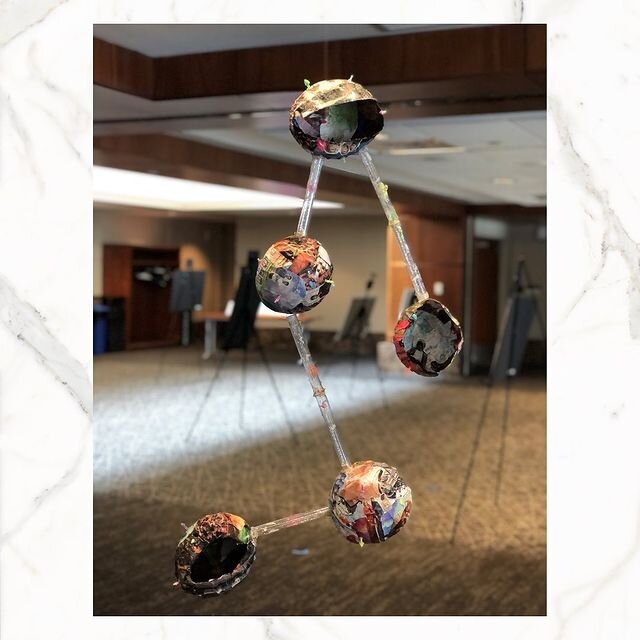gene flow
a constellation of vital phenomena
abstract
Human history is written in our genes, as well as in our cultures and languages. Because every population has its own unique evolutionary history, different patterns of genetic diversity can be found in each population. Over time, the evolutionary forces of mutation, natural selection, and random chance cause populations to drift apart. Despite these differences, we are all connected. Humans move between populations, and when this happens, they bring their genes with them. This gene flow acts as a bridge to connect populations together. In this sculpture, a collaged constellation of images capture various humans and landscapes from around the world. There is a constant state of movement within this piece drawing direct connections to gene flow and the movement of humans between divergent populations.




bios
Joseph Lachance received a B.A. in Biology from University of Chicago and a Ph.D. in Genetics from Stony Brook University. Dr. Lachance is currently an Assistant Professor of Biological Sciences at Georgia Tech, where he has been a tenure-track faculty member since January 2015. He studies human population genetics and the genetic causes of health inequities. Current projects in his lab include using genetic data to infer human history, studying the evolution of disease risks using ancient DNA, and working with collaborators in Ghana, Nigeria, Senegal, and South Africa to identify genetic variants that increase the risk of prostate cancer in men of African descent.
Birney Robert is an artist, curator, art consultant and event planner from Atlanta, Georgia. She is a graduate of Birmingham-Southern College, where she received her B.F.A. Birney works full time at Georgia Tech and is pursuing a master’s degree in museum anthropology at Georgia State University. Her thesis research is focused on the innovative intersection of art, science and technology.